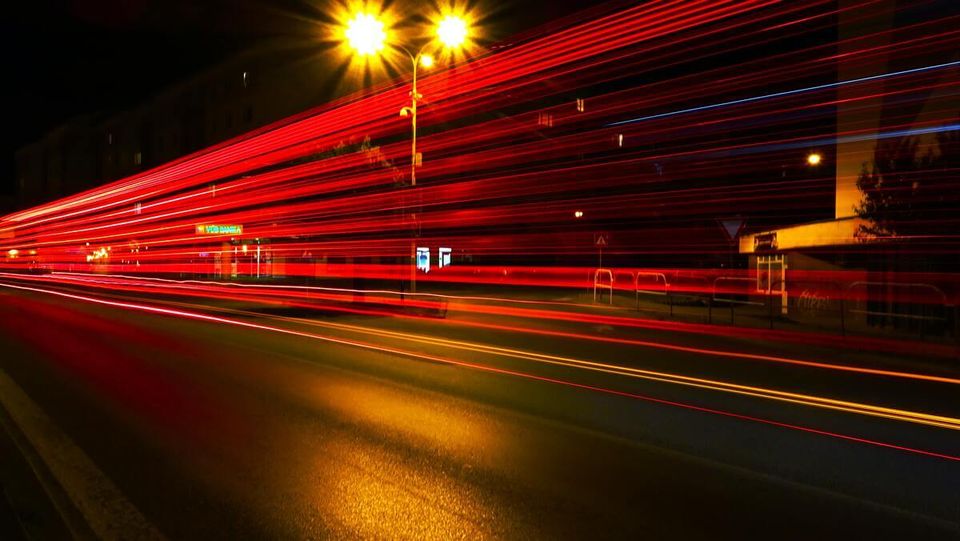Structure of SS/PBCH Block


Introduction
The 5G New Radio (NR) standard defines a physical layer (PHY) signal known as the SS/PBCH (Synchronization Signal / Physical Broadcast Channel) block. This signal is transmitted periodically by the base station, carrying essential synchronization and system information to enable user equipment (UE) to establish a connection with the network. In this article, we will discuss the technical details of the structure of the SS/PBCH block, including its components, transmission timing, and usage.
Structure of the SS/PBCH Block
The SS/PBCH block is a periodic signal that is transmitted by the base station on the downlink (DL) channel. It consists of two main components: the synchronization signal (SS) and the physical broadcast channel (PBCH).
Synchronization Signal (SS)
The SS is a sequence of symbols that is used to help the UE synchronize with the network in both time and frequency domains. It consists of two parts: the Primary Synchronization Signal (PSS) and the Secondary Synchronization Signal (SSS).
Primary Synchronization Signal (PSS)
The PSS is a sequence of symbols that is transmitted in the middle of the SS/PBCH block. It is a Zadoff-Chu (ZC) sequence of length 127, which is known to have good correlation properties. The PSS is used by the UE to establish the frame boundary and subframe boundary of the transmitted signal. The UE can also use the PSS to detect the presence of the SS/PBCH block and to estimate the frequency offset between the UE and the base station.
Secondary Synchronization Signal (SSS)
The SSS is a sequence of symbols that carries information about the cell ID and the physical layer identity (PLMN ID). There are three different SSS sequences, each corresponding to a different group of cell IDs. Each SSS sequence has a length of 62 symbols, which are transmitted twice in the SS part of the SS/PBCH block.
The UE can use the two SSS sequences to determine the cell ID group and the cell ID within the group. The cell ID is used by the UE to identify the specific base station it is communicating with. The PLMN ID is used to identify the public land mobile network (PLMN) to which the base station belongs.
Physical Broadcast Channel (PBCH)
The PBCH is a sequence of symbols that carries system information that is essential for the UE to establish a connection with the network. It is transmitted after the SS sequence and consists of four consecutive slots, each with four OFDM (Orthogonal Frequency Division Multiplexing) symbols.
The first OFDM symbol in each slot carries the PBCH data, while the other three OFDM symbols are used for channel estimation and other control information. The PBCH data includes the cell ID, the downlink control information (DCI) format, and other configuration parameters.
The PBCH data is encoded using a concatenation of turbo codes and polar codes, which provide excellent error-correction performance. The encoded data is then modulated using QPSK (Quadrature Phase Shift Keying) modulation, which allows two bits of information to be transmitted per symbol.
Transmission Timing of the SS/PBCH Block
The SS/PBCH block is transmitted periodically by the base station on the DL channel. The transmission timing of the SS/PBCH block is determined by the System Frame Number (SFN) and the subframe number (SubFN). The SFN is a 10-bit field that counts the number of 10 ms frames since the start of the system. The SubFN is a 4-bit field that counts the number of subframes within each frame.
The SS/PBCH block is transmitted every 5 ms on the subframe 0 of each radio frame. The radio frame is a 10 ms time period that consists of 10 subframes. The SS/PBCH block is transmitted on subframe 0 of radio frames with an SFN that is divisible by four, which means that it is transmitted every 20 ms.
The UE can use the timing and structure of the SS/PBCH block to synchronize with the network and decode the system information carried by the PBCH. To do this, the UE must first detect the presence of the SS/PBCH block by searching for the PSS sequence. Once the PSS sequence is detected, the UE can estimate the frame and subframe boundaries and determine the SSS sequence and cell ID.
After the SSS sequence and cell ID are determined, the UE can then decode the PBCH data by demodulating and decoding the QPSK symbols. The UE can use the decoded system information to configure its receiver parameters and establish a connection with the network.
Conclusion
In conclusion, the SS/PBCH block is a periodic signal that is transmitted by the base station on the downlink channel. It consists of two main components: the synchronization signal (SS) and the physical broadcast channel (PBCH). The SS part carries synchronization information to help the UE establish time and frequency synchronization with the network, while the PBCH part carries system information, including the cell ID, the downlink control information (DCI) format, and other configuration parameters.
The structure of the SS/PBCH block is highly optimized to enable efficient and reliable communication between the UE and the network. The SS part uses the PSS and SSS sequences to provide accurate timing and cell ID information, while the PBCH part uses turbo and polar codes and QPSK modulation to ensure high-quality transmission and error correction.
The UE can use the timing and structure of the SS/PBCH block to synchronize with the network and decode the system information carried by the PBCH. The SS/PBCH block is a critical component of the 5G NR PHY layer and plays a vital role in enabling UE to establish a connection with the network and access the high-speed data and low-latency services offered by 5G.
